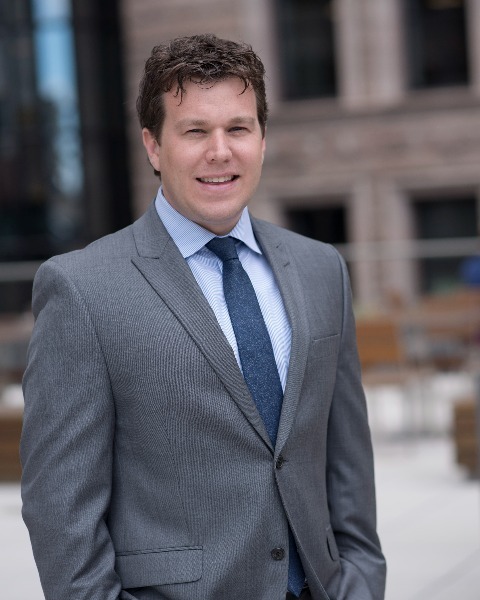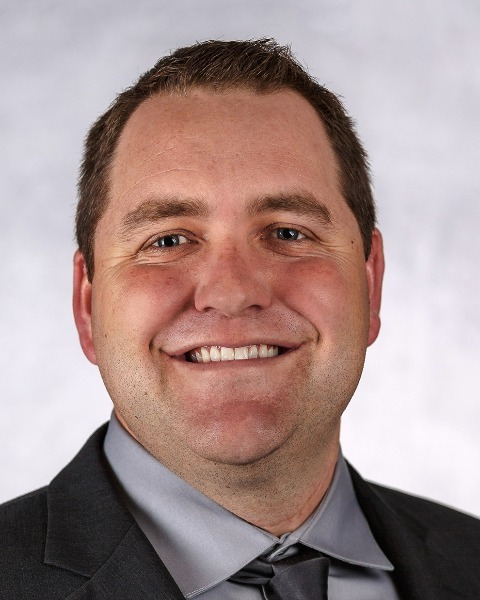
AC25 Anaerobic Digestion of Organics: Industry Drivers Overview of Two Case Studies for CHP and RNG
Recorded On: 04/23/2025
-
You must log in to register
- Non-member - $45
- Member - $35
CWEA Members: $35.00
Non-Members $45.00
CWEA Contact Hours: 1.0 contact hours towards CWEA Certifications: ECI
This presentation will discuss the diversion of organics, such as food waste and the co-digestion of these wastes with anaerobic digestion which generated biogas, a beneficial byproduct. Doing so allows reduction in landfill volumes and stabilization of the waste suitable for land application. The stabilization process, when accomplished with anaerobic digestion, generates biogas, a beneficial byproduct.
The presentation will include an overview of industry trends, including regional trends in State of California for organics diversion requirements. Other industry drivers that will be covered will include greenhouse gas emissions reductions, state and federal financial incentives, and drivers for renewable energy production.
When organic waste is diverted to a wastewater treatment facility, the organics can be co-mingled with municipally generated sludge in anaerobic digestion (i.e., co-digestion). This allows for existing infrastructure to be utilized for both wastewater treatment and landfill diversion while generating a biosolids product and digester gas. The produced biogas can be utilized as a fuel source for a process heating boiler or in a combined heat and power system or renewable natural gas.
Finally, the presentation will include case study overviews of two functioning wastewater treatment facilities with anaerobic digestion, both which are receiving significant quantities of organic wastes to generate biogas from co-digestion. One facility is utilizing biogas produced in a combined heat & power (CHP) for use at the facility and has achieved net zero operations beginning in 2022. The second facility facility has a very large high strength waste program with over 19,000 loads received annually. The biogas from this facility is processing the biogas into renewable natural gas (RNG) for pipeline injection which generates over $6M annually.
Learning Objectives:
1. Gain understanding of the industry drivers for organics diversion and resource recovery programs.
2. Learn about two functioning full-scale wastewater treatment facilities with anaerobic digestion, both which are receiving significant quantities of organic wastes to generate biogas from co-digestion.
3. Define the concept the organics diversion, such as food waste and the co-digestion of these wastes with anaerobic digestion which generated biogas and potential value of this renewable fuel."

Dustin Craig, PE (he/him/his)
Environmental Engineer
CDM Smith
Mr. Craig is an environmental engineer experienced with the design of wastewater infrastructure with an emphasis in solids handling processes and bioenergy utilization processes. His experience includes performing wastewater treatment biological process calculations, biogas energy utilization studies, and design, and wastewater thickening and dewatering improvements, and biosolids master planning. Mr. Craig has extensive experience in the study, design, and construction of solids handling improvements including sludge pumping, primary and secondary sludge thickening, sludge dewatering and cake conveyance improvements, and anaerobic digestion facility improvements.

Ryan M. Sellman (he/him/his)
Vice President
Carollo Engineers
Ryan Sellman is a Vice President and Project Manager for Carollo Engineers. He has been with Carollo for 18 years, working in wastewater and infrastructure projects in California. Ryan also serves as the office manager for Carollo’s Fresno office. Ryan has worked on planning, design, and construction in wastewater.
Registrants who view the live webinar to see the slides and hear the audio and then enter the correct attention check code (directions below)1.0 contact hours towards CWEA's Contact Hours. ECI
To receive your contact hours for viewing the live webinar, please note the one (1) attention check code that will be displayed during the webinar in the top left or right corner of the presentation for approximately 90 seconds. Please enter this code in the Attention Check Code component under the "Contents" tab.
Please note, all user activity of CWEA certification holders on the Online Wastewater Education Network is subject to the CWEA Code of Ethics standards for professional conduct and ethics. Certification holders should receive credit for a training only once within the same contact hour period. Any attempt to undermine the certification process may be subject to ethics procedures and possible sanctions. It is not possible to receive contact hours for both attending the live webinar and viewing the recording.
Once you have entered the correct attendance check code, you will be able to create and download an electronic "Certificate of Completion" under the "Contents" tab.

